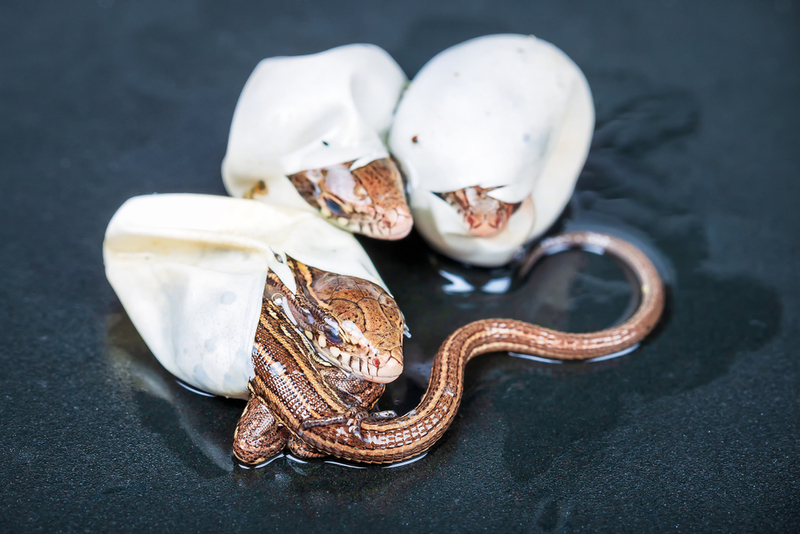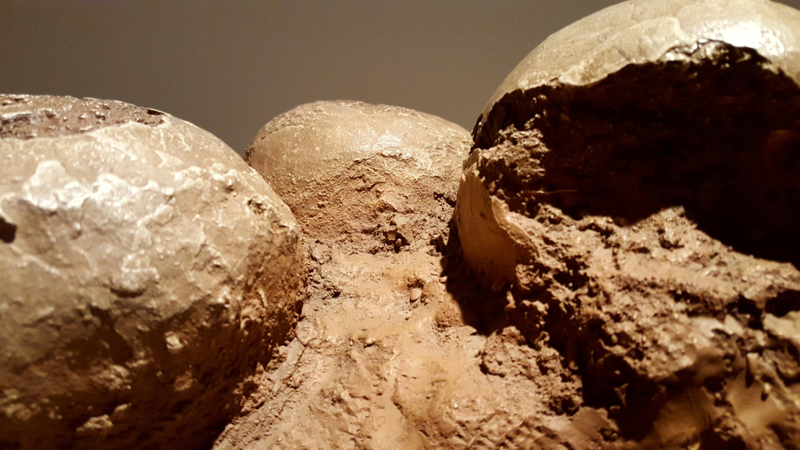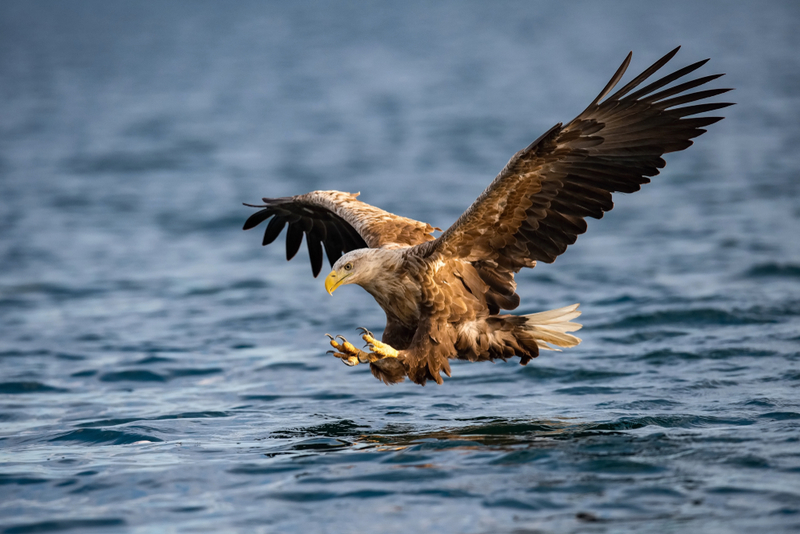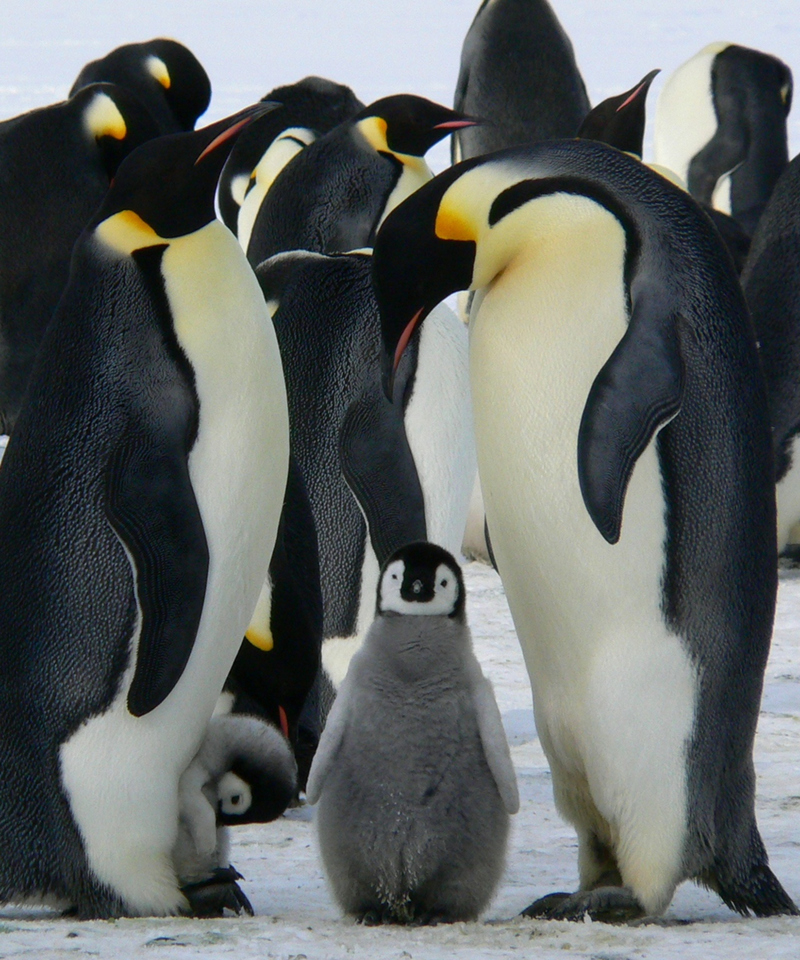Speaking again to The Washington Post, Erickson has said: “It’s really surprising. I don’t think that people would have entertained the idea that they would have incubated over the better part of a year.”

However, for David J. Varricchio from Montana State University – who always maintained that dinosaur reproduction was closer to modern reptiles than that of modern birds – the news didn’t come as much of a shock. According to Varricchio, modern-day reptiles will often spend many months developing in eggs before hatching.
When analyzing the two types of eggs he had access to, Erickson discovered some interesting facts. The team discovered that the smaller Hypacrosaurus would have taken somewhere around three months to hatch, while the larger Protoceratops probably would have spent twice that — six months — developing before hatching.

This study is the first time that researchers have been able to pinpoint with any degree of specificity the incubation periods for non-avian dinosaurs. But that's not even everything Erickson and his team discovered.
While Hypacrosaurus had been a large dinosaur, it was by no means the biggest of them. Modern reptiles and birds tell us that larger eggs – and these larger animals – have longer incubation times and take longer to hatch.

Thus, it's likely that the Hypacrosaurus eggs had plenty of time to go before they were ready to step out into the world. Erickson, in fact, believes that the incubation periods for these eggs could have stretched up to a full twelve months.
Modern science currently holds that birds are the closest living relatives to ancient dinosaurs, which led plenty of researchers to conclude that dinosaurs and birds had similar incubation and development cycles.

However, thanks to Erickson and his team, it's now being theorized that dinosaurs – of the Mesozoic era, at least – had more in common with reptiles than birds.
The birds with the very longest incubation periods, emperor penguins, take about two months to develop in the eggs. And they're certainly outliers: most bird breeds take between ten and thirty days to bust out of their shells.

Compared to modern-day reptiles, and especially ancient dinosaurs, that might as well be a blink of the eye in incubation terms.